When it comes to different kinds of cheeses, the majority of individuals are familiar with the artificial cheeses that are offered at grocery stores or typically used to prepare meals at quick-service establishments. While processed cheese does complement the taste of a dish, it doesn’t replicate the same flavors as a natural cheese due to the differences in the production process. Offering luxury cheese at your restaurant will allow you to expand the palates of some guests while pleasing the sophisticated taste buds of others. In this comprehensive guide, we provide you with details on why premium cheese is so expensive and the 5 most luxurious cheeses in the world.
Natural Cheese vs. Processed Cheese
Each type of natural and processed cheese has a unique shape, size, and flavor. Processed cheese is typically wrapped in plastic or sold in a can while natural cheese is available in a loaf or wheel.
Besides the variation in flavors and appearance, the main difference between natural and processed cheese is the way they’re produced. Natural cheese is made from pasteurized or raw milk and doesn’t contain any chemicals or preservatives that help extend its shelf life. Processed cheese is made from melted natural cheese and emulsifiers that are held together with preservatives and artificial ingredients.
A number of processed cheeses contain saturated vegetable oil, salt, food colorings, and sugar to help prevent them from separating when cooking. Processed cheese consists of other ingredients which makes them easier to produce and more affordable than natural cheese.
Why Is Cheese Expensive?
Many restaurateurs have quickly noticed that purchasing luxury cheese can be expensive. Natural cheeses are made from milk which is a commodity in most countries. The price of cheese tends to fluctuate depending on the cost of milk. A number of luxury cheeses are also made from the milk of animals that are difficult for farmers to raise like yaks or water buffalos.
Transforming milk into cheese is a complex process that takes a lot of time. Many large companies that produce processed cheese work with a lot of heavy machinery to speed up the process. However, natural cheesemakers don’t use the same equipment and produce a small batch of cheese at a time to ensure that the rind and pate of each cheese meet their standards. Luxury cheesemakers also allow their cheese to age for a specific amount of time to guarantee they possess unique flavors and a perfect combination of sweet, salty, sour, bitter, and umami.
The 5 Most Expensive Cheeses In The World
Luxury cheese is a complex delicacy around the globe. Each natural cheese features a distinct rind, pate, and flavor that makes them irresistible while providing individuals’ palates with a new experience. Below is a list of the 5 most expensive types of cheeses and details on what makes each luxury cheese unique.
5. Bitto Cheese - $150 Per Pound
Bitto cheese is a combination of goat’s milk and cow’s milk. This luxury cheese is expensive because it can take up to 10 years for a wheel to ripen into its fullest potential. It has a long life due to its early processing that begins about 30 minutes after milking. The early processing helps prevent bacteria from forming.
This rare cheese originated in Italy and was then imported to Hong Kong.
Bitto became very popular in China because it provided citizens with
flavors they had never tasted before. The taste of this rare cheese is
sweet and delicate. However, as it ages, the flavors become richer and
stronger which is why many individuals allow the cheese to age.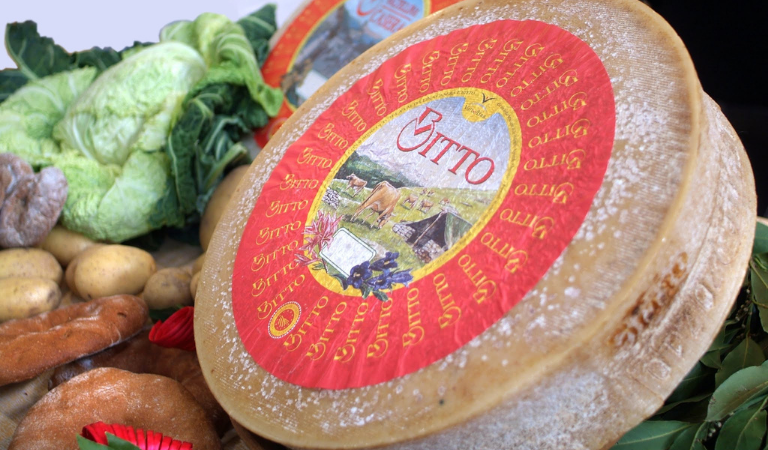
4. Wyke Farms Cheddar - $200 Per Pound
Wyke Farms is the largest independent producer of cheese in the United Kingdom. It is based in Somerset, England, and exports its cheese on an international scale. The company is known for having the most expensive cheddar cheese in the world.
The production of Wyke Farms cheddar cheese began in 1861. The cheddar
cheese is made from cow's milk and its ripening period is about a year.
This cheese ages in wooden maturing boxes that are constantly monitored
by cheesemakers. Although the recipe is known to be safely locked in the
farm, we do know that it is infused with gold leaves and French truffles
that provide the cheese with a flavorful and tangy taste.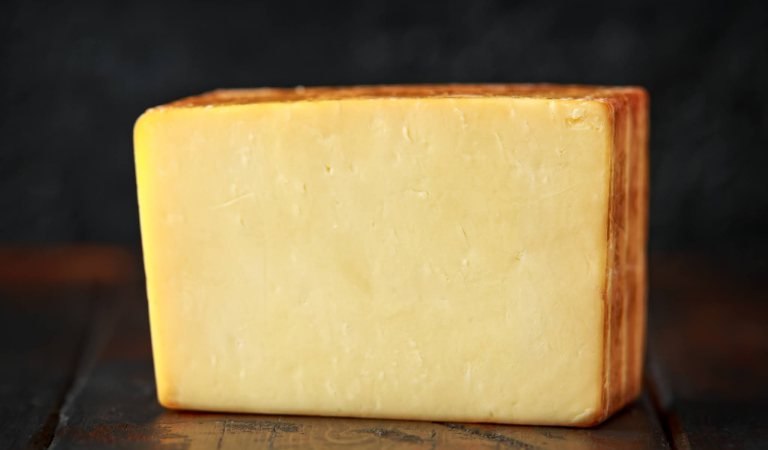
3. White Stilton Gold Cheese - $420 Per Pound
The Long Clawson Dairy company located in Leicestershire, England created its own version of the Stilton cheese as a holiday exclusive. The company produced a Stilton gold cheese which is made with real gold flakes and gold liqueur, providing the cheese with its alluring colors. This gold cheese is creamy, tangy, and has a distinct taste that makes it extremely popular during the holiday season. The gold flakes and gold liqueur increased the value of the Stilton cheese and are one of the rarest cheeses in the world. This luxury cheese has a crumbly texture and is made with different fruit flavors such as lemon, ginger, and apricot.
The Stilton cheese is protected under European law and is limited to
production in the 3 counties of Nottinghamshire, Derbyshire, and
Leicestershire. This cheese is made from locally produced cow’s
pasteurized milk and in a cylindrical shape so it can form its own
crust. 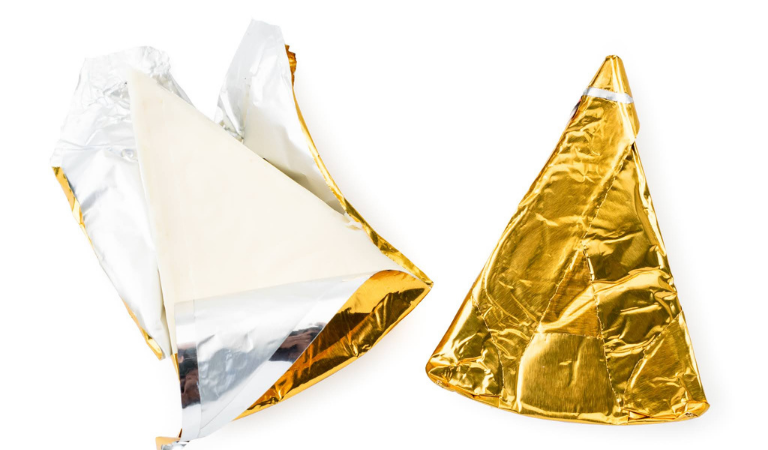
2. Moose Cheese - $500 Per Pound
The Elk House in Bjurholm, Sweden sells moose cheese, one of the most expensive cheeses in the world due to its rarity. The Elk house produces 4 types of moose cheese that come from 3 domesticated moose named Juna, Haelga, and Gullan. The cheese is also only available for a limited time because the moose lactate from May to September.
Moose are extremely difficult to milk because they need to be handled
tenderly and feel comfortable. If they feel stressed or become startled
while you’re milking them, their milk will dry up. This type of luxury
cheese is only produced in the Elk House.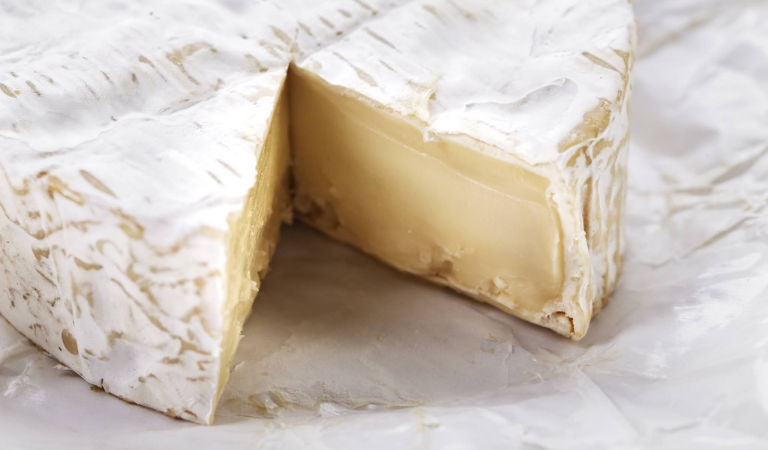
1. Pule Cheese - $600 Per Pound
Pule cheese is the most expensive cheese in the world because it is
produced exclusively at Serbia’s Zasavica Special Nature Reserve. This
rare cheese is made from the milk of Balkan donkeys which are endangered
and native to Serbia and Montenegro. Balkan donkeys at the nature
reserve are milked 3 times a day to help gather the amount of milk
needed to make Pule cheese. About 6.6 gallons of donkey milk produces
2.2 pounds of Pule cheese. Pule cheese has a rich and complex flavor
with a crumbly texture. The cheese is smoked during the production
process which gives it its unique flavors.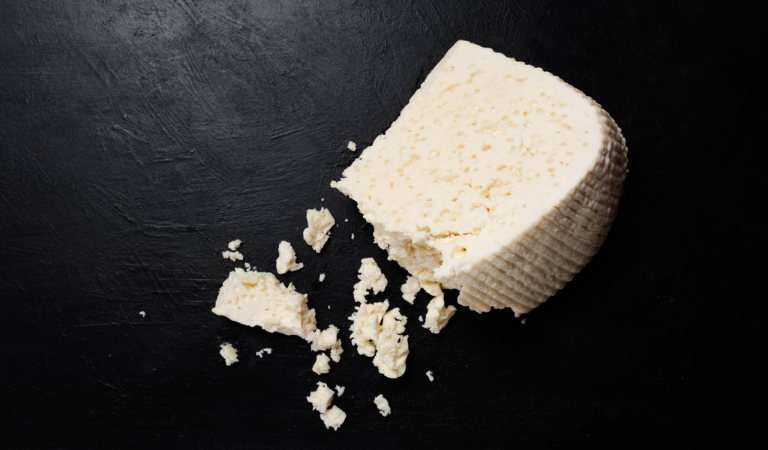
Cheese Etiquette
Not everyone is aware of food etiquette revolving around cheese. Knowing the rules and guidelines for eating cheese can improve your overall cheese dining experience. Below are a couple of cheese rules to follow:
Serve the Right Amount Of Cheese
When creating your cheese platter, it is vital to serve a variety of cheeses. Everyone has distinct taste buds and prefers different things when eating cheese. Some people might be specific about the region the cheese comes from while others may worry about what type of milk the cheese is made from. Putting that aside, there are two things you must never forget when putting together your cheese platters. One never places more cheese than you have guests. Second, according to the French, cheese should be served in odd numbers- such as three, five, or seven. This serving technique not only helps to prevent overfeeding guests, but also for aesthetic purposes as it keeps your board and platter neatly arranged.
Properly Order Your Cheese
Cheese should be ordered from mildest to strongest. If a guest eats the strongest cheese first, then they will not be able to properly savor the cheeses that are more mild in taste. However, it can be tough to order your cheese when you do not know how each tastes. To properly put together your cheese boards, it is recommended to talk to your cheesemonger about arranging your cheeses from mildest to strongest if you don’t already know the flavors.
Serve Cheese At The Right Temperature
Nobody wants to eat cheese that is too cold because it strips away the flavor and makes guests not want to try more. If you are serving your cheese board or platter as an appetizer, take your cheese out of the fridge at least 30 minutes or even up to two hours prior. Cheese can be stored in cool temperatures but it begins to deteriorate in flavor when kept in temperatures below 50°F. Below this temperature, cheese becomes stiffer, drier, and more crumbly. The enzymes that give cheese its distinctive flavor and aroma are also disrupted when exposed to cold temperatures, resulting in a loss of complexity and nuance.
To ensure the best experience with your favorite cheeses, you should always allow them to come to room temperature before serving them. Doing so will help reveal their full range of flavors and aromas, create a pleasant texture on the tongue, and improve their overall enjoyment factor.
Pick the Correct Drink Pairing
Pairing cheese with drinks is an art form and one that can elevate a meal or gathering. When selecting the perfect drink to accompany your cheese, there are several important things to consider: the type of cheese, its flavor profile and how strong it is, and the kind of drink you’re choosing. You must also take into consideration the acidity levels of each. Keep the flavor between the cheese and the drink well-balanced. Red wines pair well with hard and semi-hard cheeses like cheddar or gouda. White wines are generally matched better with soft cheeses such as brie or goat's milk feta - their lightness balances out those creamier textures beautifully.
Properly Cut Cheese
Properly cutting cheese is an essential task for any food preparation. It requires skill and precision, as the wrong technique can leave you with uneven, unappetizing pieces. To begin, it is important to have the right tools, like a cheese knife set. A sharp knife with a serrated blade or a cheese wire is ideal for most types of cheese. For harder cheeses like Parmesan, you will need to use a grater. Soft cheeses such as Brie or Roquefort should be cut with a flat-bladed knife that won't crush them, and waxed cheeses like cheddar should be sliced in a slow and steady motion because these provide more control. Also, cut cheese at the last minute so they don’t dry out. Cutting cheese is a part art form and part science so take your time perfecting it - practice makes perfect!








